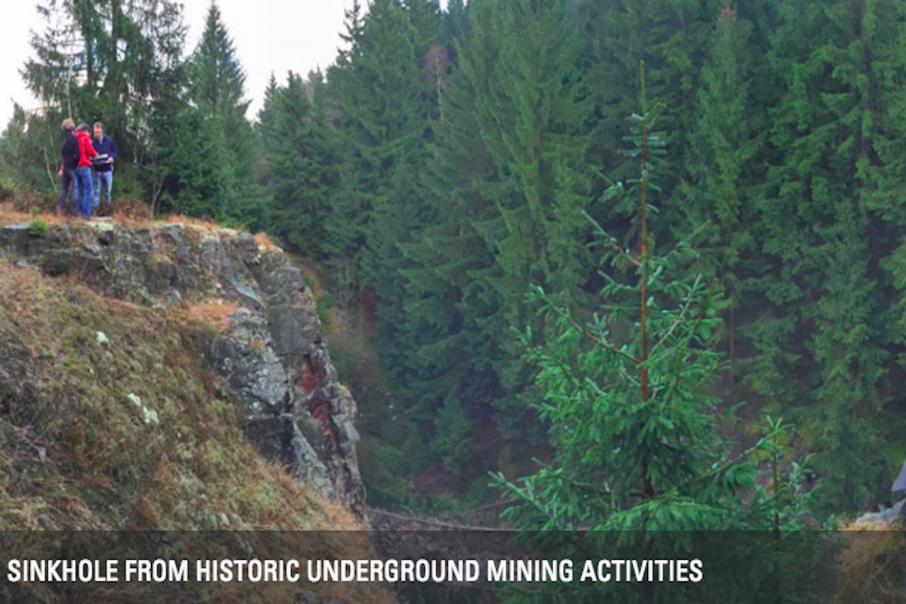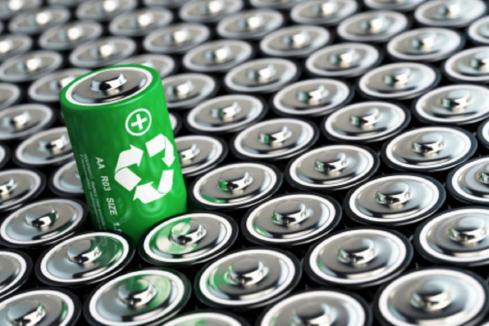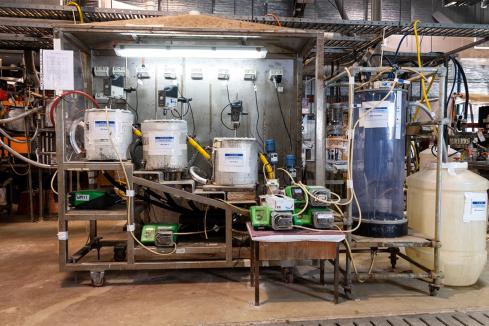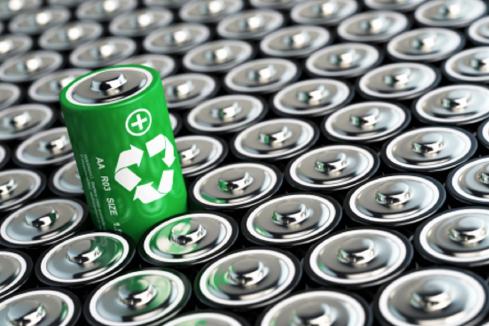Lithium Australia have formalised their new joint venture in Germany after the company’s Sileach Lithium processing technology proved itself in an exhaustive due diligence program by their new European partner.
Lithium Australia and Deutsche Rohstoff announced plans in February for an intriguing joint venture based on the historic Sadisdorf tin mine in Saxony, Germany.
The mine has a significant JORC tin resource, but its real potential according to Lithium Australia could lie in associated lithium mineralisation that has not been evaluated as a resource.
About 15% of the tin orebody is believed to be a Lithium mica mineral known as Zinnwaldite. It was first discovered in Germany in the 19th century and is commonly associated with greisen tin deposits in Europe such as Sadisdorf.
Zinnwaldite is ideally suited to processing with Lithium Australia’s innovative Sileach process, which made the company an appealing potential partner for Deutsche Rohstoff. The due diligence process by the German company has convinced it that Sileach can play a crucial role in unlocking a new Lithium source for the European market.
Lithium Australia announced on Thursday the joint venture agreement had been signed, which will be managed by a newly appointed in-country Lithium Australia team.
Under the agreement, Deutsche Rohstoff subsidiary Tin International receives a one-time cash payment of €50,000 and 1.7 million Lithium Australia shares. The Perth-based company can earn a 15% interest by spending €750,000 on exploration in the next year increasing to 50% with a further spend of €1.25m by May 2020.
Lithium Australia Managing Director, Adrian Griffin, said: “We believe that developing strong European partnerships will greatly support longer term efforts to supply the European market. Developing a lithium project of the calibre of Sadisdorf not only achieves that goal, but also adds to the global lithium mica inventory being accumulated by Lithium Australia.”
Deutsche Rohstoff CEO, Thomas Gutschlag, said: “We are very pleased with the signed joint venture agreement and look forward to further explore and develop the Sadisdorf deposit and its tin-lithium potential with Lithium Australia as a strong partner over the years.”
The first step by the joint venture will be to review the extensive lithium data and develop a polymetallic resource figure for Sadisdorf, which currently sits at 3.36 million JORC inferred tonnes averaging 0.44% tin. Exploration drilling will quickly follow to expand the tin and lithium resource in the first year of the JV.
Sadisdorf is the initial target of the joint venture, however there are dozens of old tin mines in Germany, meaning plenty of blue sky for the innovative new partnership.















